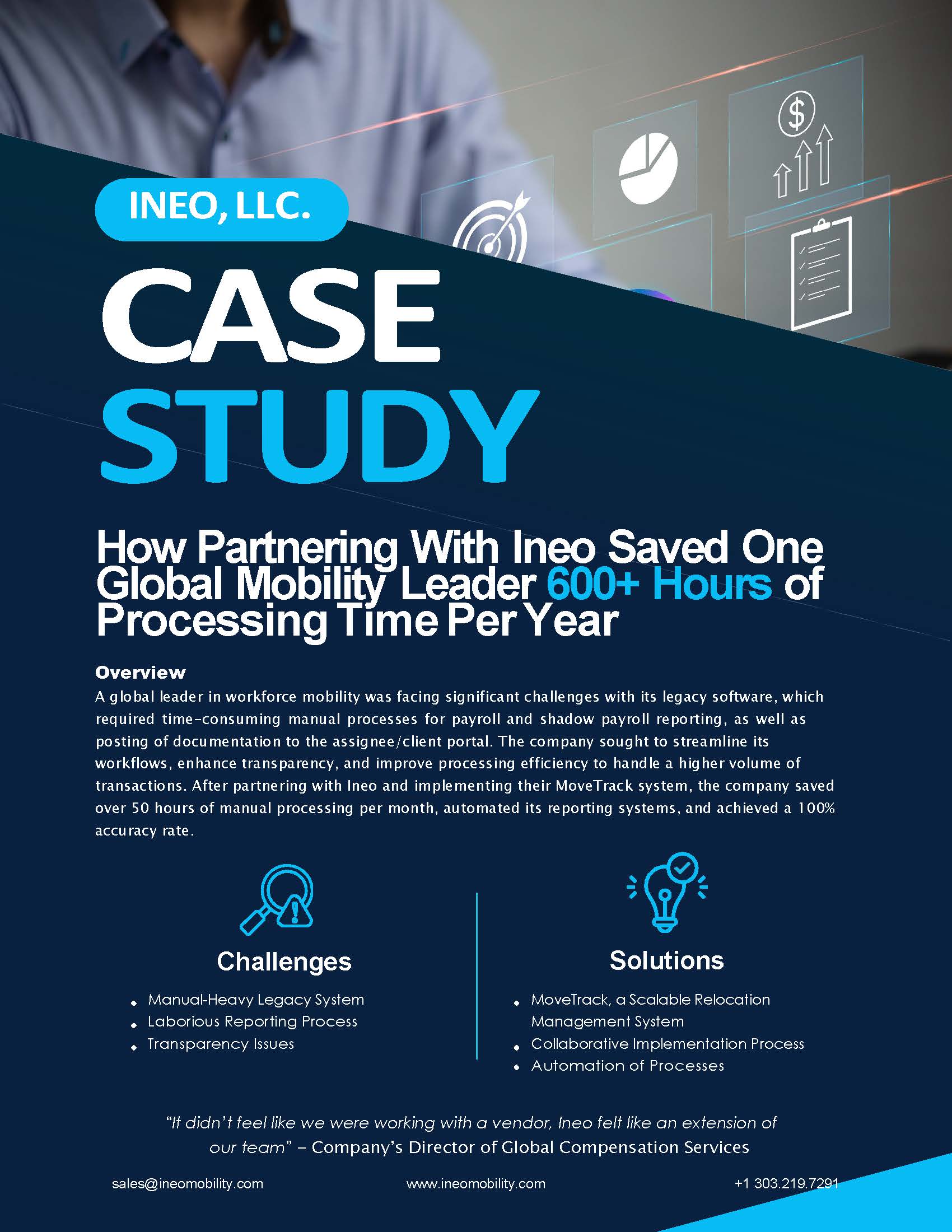Top 4 States for Relocation and How They Impact Payroll

Whether for permanent moves or temporary assignments, relocation remains a viable option for employees and employers alike. Not even the pandemic stopped people from moving to a new location.
While recent national trends point to states such as Texas and Florida as some of the most popular places people are moving to, there are a handful of states that buck those trends and remain top relocation destinations year after year.
The top states employees relocate to include California, New Jersey, Massachusetts, and Minnesota. These are common states that companies often relocate their employees to for a number of reasons, including a thriving local job market, office expansions, and company growth.
If your employees are relocating or transferring to one of these states, there are a few considerations to take into account to ensure that both your company and the employee are compliant and have an understanding of how relocation to these states impacts payroll.
Top relocation destinations
California
- Known for Silicon Valley
- Highest state tax
- Highest SDI tax
- No local income tax
Thanks in part to Silicon Valley, California is undoubtedly one of the top destinations for relocation. The tech hub has created a tremendous amount of job opportunities for large corporations to SMBs alike. But with the endless sunshine and countless opportunities that The Golden State is known to offer comes a high cost of living, especially when it comes to payroll taxes.
Arguably one of the highest state tax rates in the US, California’s state tax rate is around 10%, more or less depending on income. From an employee’s perspective, if you’re used to being in a non tax state and you relocate to California, you’re essentially taking a 10% reduction in pay.
Another thing to note is that while California doesn’t have a local income tax, they do have the highest state disability insurance (SDI) tax.
New Jersey
- Known for Big Pharma
- High state tax
- High SDI tax
- No local income tax
New Jersey is home to many of the world’s largest pharmaceutical companies including Johnson & Johnson, Bayer Healthcare, and Merck and Co. Combined with its close proximity to New York City, New Jersey is rife with job opportunities, making it one of the top states employees relocate to.
New Jersey is also one of the highest tax states, with a rate of around 7.5%. Like California, the state does not have a local income tax but they do have a high SDI state disability insurance tax.
Massachusetts
- Known for Route 128 Technology Corridor
- High state tax
- No SDI tax
- No local income tax
Smaller than California but considerably as mighty when it comes to job opportunities, Massachusetts is often a top relocation destination because of its technology corridor in Boston, sometimes considered a mini Silicon Valley.
Though Massachusetts has the lowest of the state taxes on this list, it’s still considered high at roughly 5%. It’s also important to note that Massachusetts does not have a local tax or an SDI tax.
Minnesota
- Known for progressive economy
- High state tax
- No local income tax
Home to numerous Fortune 500 companies including Target, General Mills, and UnitedHealth Group, Minnesota is one of the top relocation destinations that companies send their employees to.
Minnesota also sits at the top of the list for high state taxes, with a rate of around 8.5%. However, the state does not have a local tax.
How do these relocation and temporary assignment places affect payroll?
With every new assignment, it’s important for both the employee and the employer to understand the impact a relocation or temporary assignment to one of these states can have on payroll.
The primary consideration to take into account is the taxes associated with relocation. Taxes will differ depending on if the employee is on temporary assignment or making a permanent move. For temporary assignments, tax credits may be given to the employee to make up for the difference between paying taxes for both the home state and the relocation state. This is what’s known as a gross-up.
For those who are moving to a new state, there’s a possibility for a salary adjustment to make up for the cost of living. While temporary assignments wouldn’t warrant a salary adjustment, assignees may receive other benefits such as paid housing or tax credits.
What employees and employers need to know to remain compliant
In order to remain compliant, both the employer and the employee must be aware of the different taxes, forms, and expenses involved with relocating to a new state.
For instance, one critical component that payroll leads are responsible for is to make sure that the employee files a W-4 form as soon as they start working in their new state. Payroll also has to issue a W-2 for both states. Many employees aren’t aware that they need to file taxes in both states, even if they’re on a temporary assignment.
Another thing that payroll needs to communicate with their employees to ensure that both parties remain compliant is the FICA tax. To comply with FICA, every person has to pay 6.2% tax on the first $142,800 you make. However, when you go to a new state you essentially have to start over and eventually pay that tax again. Payroll has the option to offer tax credit to the assignee to make up for restarting the FICA holding. While this is beneficial for the employee, the tax credit is an additional expense for payroll to factor in because the company doesn’t get it back.
The burden is on payroll leads to inform their employees about these requirements. Fortunately, using a global mobility payroll software can help ease the burden of keeping track of everything related to relocation payroll.
Global Mobility Resources
Learn more about what’s going on at Ineo and insights into the complex world of global mobility from the industry’s top thought leaders and innovators.
Request A Demo
Whether you are new to the world of global mobility or you’ve been in the business for a while, Ineo is here to assist you.
The best way to learn how Ineo’s global mobility software can help your company revolutionize your global mobility program and support your business strategy is to see it in a demo.
Fill out this form to get started today.
Get Started


